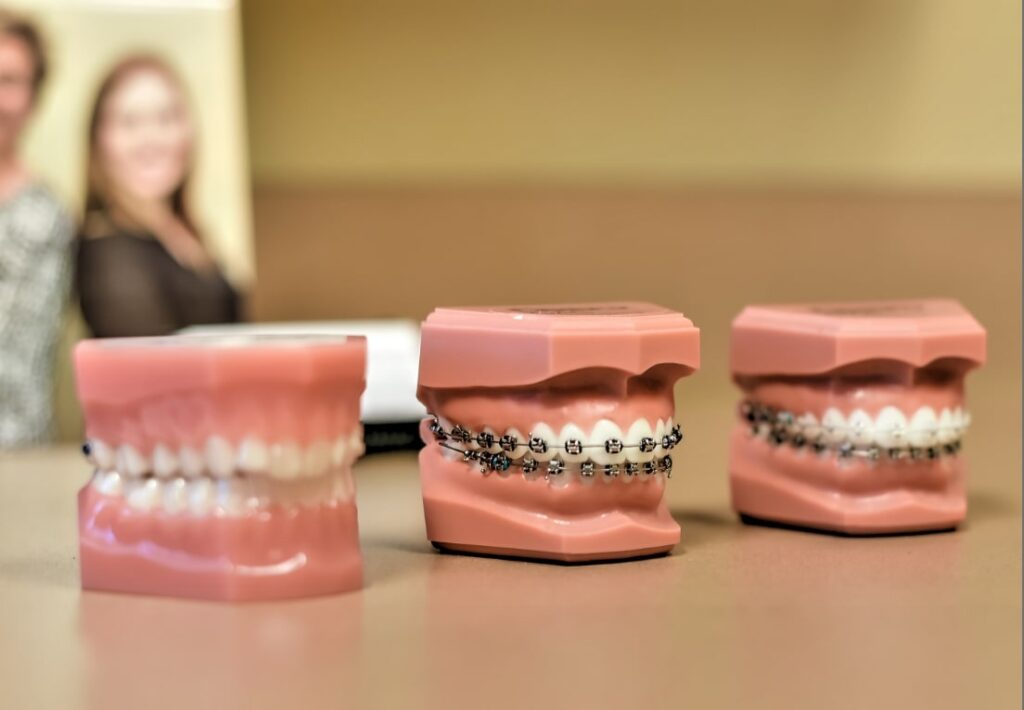Discovering the Right Cumming Orthodontist for Your Braces and Aligners Requirements
Discovering the Right Cumming Orthodontist for Your Braces and Aligners Requirements
Blog Article
Comprehensive Guide to Orthodontics Procedures for Dealing With Oral Imbalances
Comprehending the details of each treatment, including their mechanisms, benefits, and prospective downsides, is essential in making notified choices about one's orthodontic treatment. As we navigate via the thorough guide to orthodontic procedures for remedying oral imbalances, the intricate details of each technique will unravel, dropping light on the course towards a unified and useful dental positioning.
Orthodontic Procedures Introduction

Regular modifications and tracking are critical components of orthodontic therapy to ensure progress is on track and to make any type of required adjustments along the method. By going through orthodontic treatments, individuals can not just attain a straighter grin however also improve their overall dental health and wellness and feature.
Typical Dental Braces: Just How They Work
When taking into consideration orthodontic therapies for oral imbalances, typical braces stand out as a time-tested approach for remedying teeth positioning. Standard dental braces include braces, wires, and bands that interact to use continuous stress on the teeth, gradually moving them right into the desired positioning. The braces are affixed to the teeth utilizing an unique adhesive, and the wires are threaded with the braces. By adjusting the tension of the cords, orthodontists can control the direction and pressure used to each tooth, guiding them into appropriate placement over time.
As pressure is used to the teeth with the braces, the bone surrounding the teeth is improved to sustain the new tooth positions. Patients will certainly need regular changes at the orthodontist's office to ensure the dental braces proceed to apply the proper stress for efficient teeth movement.
Invisible Aligners: Disadvantages and pros
Unnoticeable aligners offer a very discreet and practical option to traditional dental braces for fixing oral misalignments. These clear, custom-made trays are basically undetectable when worn, making them an enticing option for people seeking an extra aesthetically pleasing orthodontic therapy. One of the key advantages of undetectable aligners is their removability, allowing for simpler upkeep of oral health contrasted to conventional dental braces. Clients can get rid of the aligners before consuming or cleaning their teeth, decreasing the threat of food obtaining stuck in the device and streamlining the cleaning procedure.

Surgical Orthodontic Options
Surgical interventions in orthodontics present feasible choices for resolving complex dental misalignments that may not be efficiently fixed with standard orthodontic therapies. While invisible aligners and traditional braces can correct numerous orthodontic issues, certain cases require medical treatment to achieve optimal results. Surgical orthodontic options are advice typically recommended for extreme malocclusions, substantial jaw disparities, and situations where the underlying bone structure needs alteration to attain appropriate positioning.
One typical surgical orthodontic procedure is orthognathic surgical procedure, which entails rearranging the jaws to fix functional concerns such as problem speaking or chewing. This surgical procedure is commonly done in collaboration with an orthodontist that assists align the teeth prior to and after the procedure. Surgical orthodontics might also involve treatments to expose influenced teeth, eliminate excess periodontal tissue, or improve the jawbone to produce a more unified face profile.
Prior to thinking about surgical orthodontic choices, patients go through an extensive analysis to identify the need and potential advantages of such interventions. invisalign. While surgical procedure may appear difficult, it can significantly enhance both the feature and aesthetic appeals of the smile in instances where conventional orthodontic treatments drop short
Retainers and Post-Treatment Care

Post-treatment treatment includes click here to read complying with the orthodontist's instructions vigilantly. This may consist of appropriate oral hygiene techniques, participating in follow-up visits, and wearing the retainers as prescribed. Failing to adhere to post-treatment treatment instructions can result in regression, where the teeth slowly return in the direction of their initial settings. Consistent retainer wear, excellent dental hygiene, and normal dental exams are necessary for preserving the outcomes accomplished through orthodontic surgical procedure and making sure the long-lasting security of the remedied dental placement.
Verdict
In conclusion, orthodontic procedures provide different choices for remedying oral misalignments. Surgical orthodontic choices are readily available for extra extreme imbalances. On the whole, orthodontic treatments can properly boost oral wellness and visual look.
As we browse with the extensive guide to orthodontic procedures for correcting oral imbalances, the detailed information of each technique will unravel, losing light on the course toward a useful and unified dental alignment. - cumming invisalign
One of the most usual orthodontic therapies is the use of dental braces, which are composed of metal braces and cables that apply mild pressure to gradually change teeth into the desired placement.When thinking about orthodontic treatments for oral misalignments, traditional dental braces stand out as a tried and true method for dealing with teeth positioning. Additionally, undetectable aligners may not be ideal for intricate orthodontic problems that call for more significant teeth movement, as they are usually recommended for moderate to moderate situations. Retainers are customized orthodontic tools developed to hold teeth in their dealt with settings after the conclusion of orthodontic treatment.
Report this page